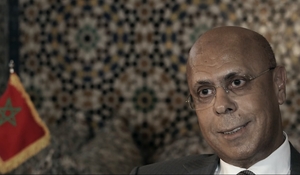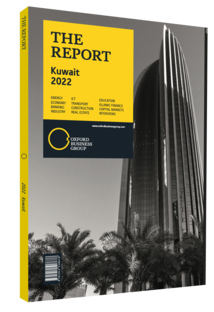Moving trends
In the next 10-15 years you will find that estimated spending on infrastructure will be roughly $78trn. That’s on a global basis, so you can see the immense size of infrastructure that includes housing, the world’s public transport, MRTs [mass rapid transit systems], aviation, airports – and a large part of that will be in Asia. And in Asia, the biggest consumer of that will be China, because of its population, while the second will, of course, be India. The city in India that we completed in 2016 is called Andhra Pradesh. It’s about 8000 sq km – that’s about 10 times the size of Singapore. We used our new master planning tools to design the city so that in the future the city can be smart in using new technology to manage some of its infrastructure services. So in the next 10-15 years I think you will see Asia having some of the best cities in the world. And also on a global basis, you will find the cities in Africa; for example, Johannesburg in South Africa, in Tanzania, in Kenya, will be very strong opponents and meet the criteria to develop smart cities.
Urban technologies
An area of new technology that will change the façade in which we operate is what we call the Building Information Model, where designers and engineers will then be able to use digital technology to design buildings and run simulations. The other one is of course to use new technology to do urban planning. We have invested in Flux, which can use an algorithm – an algorithm that designs computer chips, for example – to design buildings, to be able to maximise the use of any particular site and make sure that they are within certain conditions.
Green advancements
In terms of our push towards city planning, towards designing buildings and towards designing infrastructure facilities like water treatment and so on, we are always very conscious that we must be environmentally friendly. We have a team of eco-development; a development where we take into account all these environmentally friendly design features and ensure that the living conditions are sustainable. So in the case of the port in Singapore, we also made sure that it was environmentally friendly. We always use little waste material and we also use environmentally friendly construction materials so that it doesn’t pollute the place that we live in.
Urban brainpower
Cities are not just about the physical buildings, the physical roads or the physical infrastructure services that we build. Developing cities is about creating jobs, it’s about connecting all the businesses, it’s about building communities and it’s about shaping lives. We have been doing smart cities and industrial townships for over 50 years. Although technology is really important, the parts that really drive technology and make it work, and make sure you get a sensible output from that, are human beings and the human intelligence. So to make technology work for you, you need brainpower, and we hope to be able to exploit that technological advancement.






